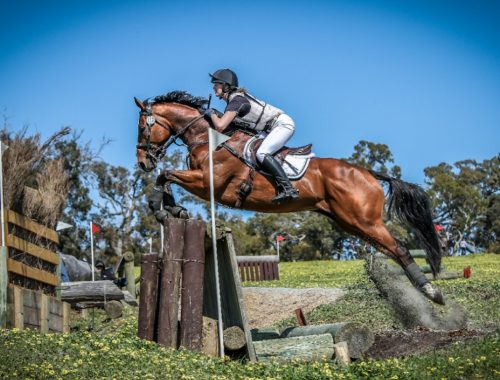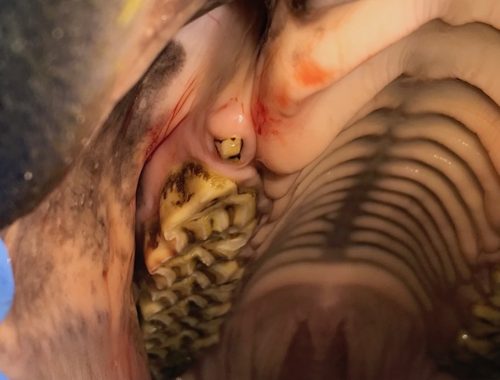Lameness is a common problem in all horses, from miniature ponies to the elite athletes. There are many different potential causes of lameness, some of which can be diagnosed on the basis of a thorough clinical examination and others that may require further in-depth investigation in association with diagnostic imaging.
At Ascot Equine Veterinarians, our team of clinicians are very experienced in investigating lameness and back problems in the horse, offering comprehensive assessments both on-farm or at our dedicated hospital in Ascot.
What to Expect During a Lameness Exam
The initial evaluation includes a clinical examination and a detailed gait assessment, usually starting with observing your horse at the walk and trot on a firm surface in the straight line and on the lunge. In some cases, we may need to observe the horse under saddle, particularly if the lameness is only noticeable while been ridden (on-farm only).
Methodical Investigation Process
Our step-by-step approach begins with a thorough clinical examination. We assess conformation, muscle symmetry, and the musculoskeletal system through palpation and manipulation. A hoof tester is used to check for pain in the feet.
During the gait assessment we evaluate movement symmetry and balance at both walk and trot, followed by lunging the horse in both directions on hard and soft surfaces. Limb flexion tests are also performed to help identify any issues.
Localising the Source of Pain
If lameness is identified, we often use nerve blocks to localise the source of pain. This involves injecting local anaesthetic around a nerve or directly into a joint or a synovial cavity, thereby temporarily desensitising a particular area of the limb. By methodically re-examining the horse after each nerve block, this can aid in the localisation of pain. While this process can be time consuming, it will often allow us to definitively isolate the site of lameness and avoid unnecessary treatments.
Diagnostic Imaging
Once the site of lameness has been localised, diagnostic imaging – such as digital radiography, ultrasonography, nuclear scintigraphy – may be used to confirm a diagnosis and to guide treatment. We will discuss each step of the process with you, ensuring you’re fully informed about the available options.
Tailored Treatment Plans
After identifying the cause of lameness, we will create a personalised treatment plan for your horse. Treatment may range from rest and controlled exercise to medication, corrective farriery, or surgery if necessary. Our team will review all possible treatment avenues with you, ensuring the best care for your horse and avoiding unnecessary costs.
It is important to remember that an accurate diagnosis will save unnecessary expense on inappropriate treatments.
At Ascot Equine, our goal is to provide accurate diagnoses and effective treatments that keep your horse performing at its best.

















